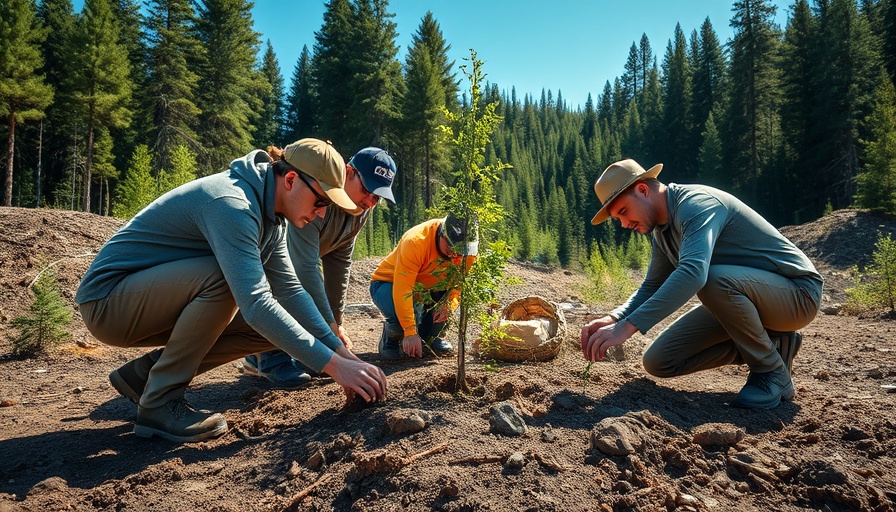
Harnessing Renewables on Former Coal Lands
As the world transitions to cleaner energy sources, Appalachia is witnessing a drastic shift from coal mining to renewable energy. A unique collaboration between The Nature Conservancy (TNC), Sun Tribe Development, and ENGIE is set to revitalize 17 former coal mine sites across Virginia, Tennessee, and Kentucky by converting them into solar and battery storage projects.
Transforming Economies Through Solar and Storage
These projects will include 14 solar installations generating a combined 49 megawatts of energy, alongside three battery storage projects anticipated to provide 320 megawatts of storage capacity. This green energy initiative aims to power nearly 6,638 homes annually while also boosting local economies through construction jobs and increased tax revenues. TNC promotes its mission via the “3Cs” framework – climate, conservation, and communities – emphasizing the project's multifaceted benefits.
The Role of Policy in Clean Energy Development
However, the future of these projects hangs in the balance due to political shifts that threaten federal funding through the Inflation Reduction Act (IRA). Although intended to support clean energy innovations, the implementation of IRA funds has faced significant hurdles, especially with the potential for funding freezes under a new administration.
Local Innovation in the Face of Change
Despite these challenges, local advocates share a hopeful view. Dana Kuhnline from ReImagine Appalachia emphasizes the wealth of innovation in the region, driven by a passionate community committed to sustainable development. As the lights flicker back to life on these reclaimed lands, the resilience of Appalachia shines brightly, fostering a new era of energy production.
While the path forward may be fraught with political uncertainty, the ambition to turn former coal sites into beacons of renewable energy is a significant step toward a sustainable future. The ongoing efforts underscore the vital interconnectedness of environmental stewardship, innovation, and community prosperity in transforming the landscape of America’s energy narrative.
 Add Row
Add Row  Add
Add 




 Add Row
Add Row  Add
Add 



Write A Comment